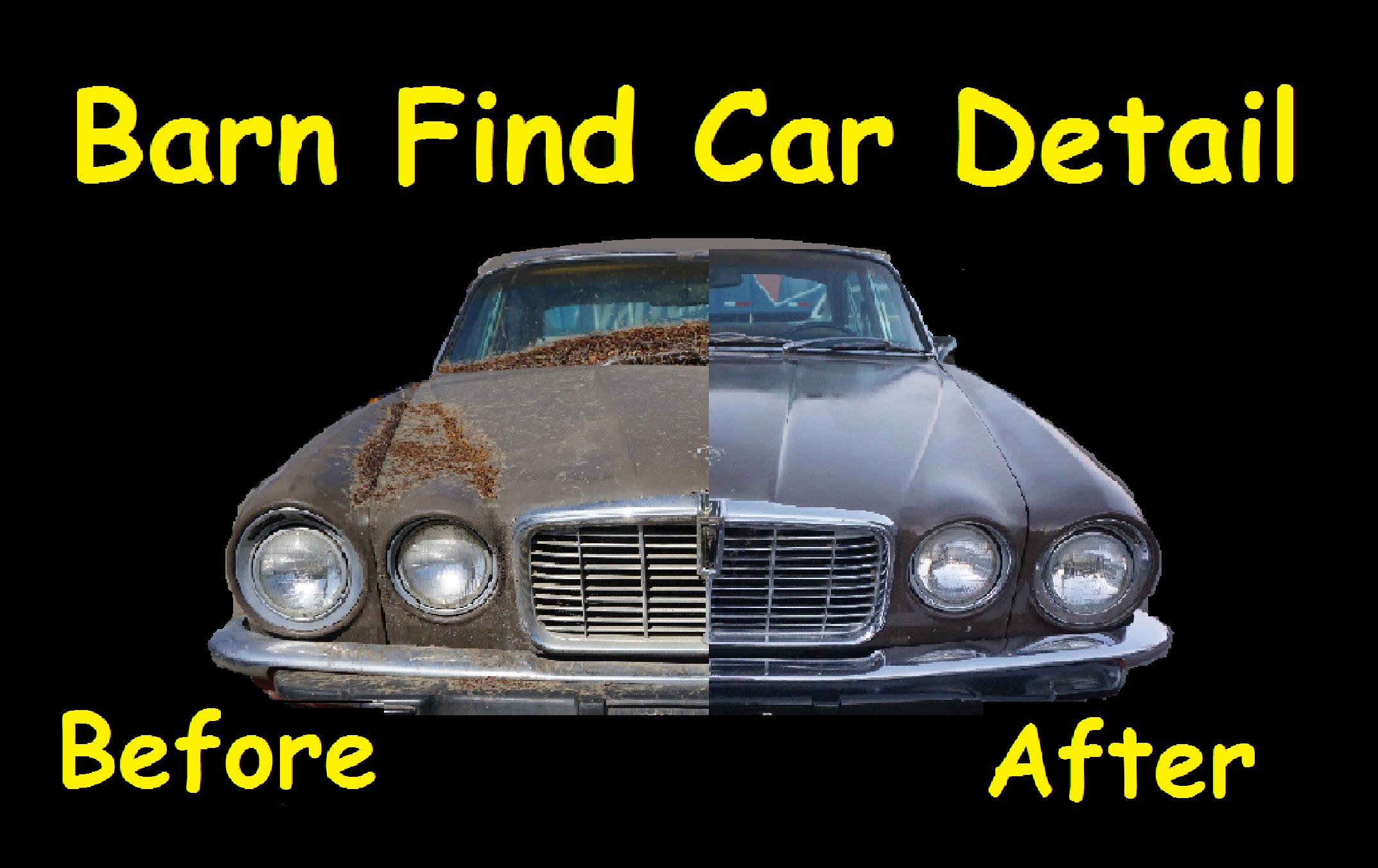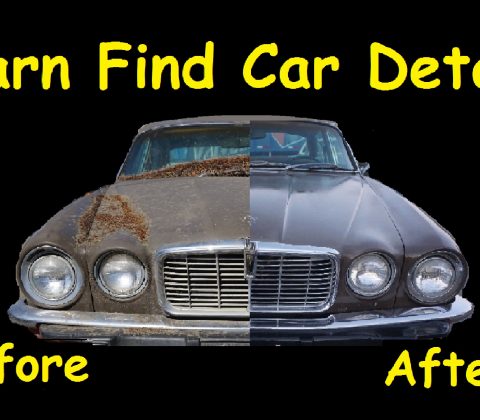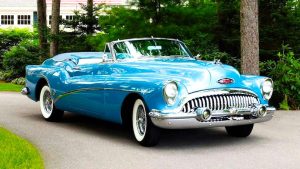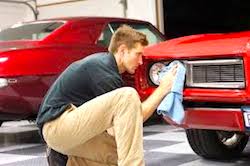

Owning And Detailing Classic Cars
How To Own And Care For Your Classic Car

Some people collect stamps; some collect rare coins. When you’re really rich, what do you collect? If you are Ralph Lauren, Tim Allen, Jay Leno or Jerry Seinfeld, or a number of other filthy rich celebrities, you collect classic cars. It’s hard to imagine adding a fish tank to a car, but singer Wyclef Jean did just that. When you have money to burn, burning it with gasoline seems like a logical choice. This is another usable resource for those of you continuing to build businesses and make money. With more money comes more toys! If you have decided to diversify your portfolio with a classic car collection there are some things to consider.
Unlike most classic car owners, Jay Leno asserts that he drives them all—all 169 automobiles and all 117 motorcycles. He’s the proud owner of such sought after cars as the 1930 Bentley G400 with its V12 engine; the 1970 Mazda Cosmo 110S, a limited edition car, and the aerodynamic and sleek 1963 Jaguar XKE Coupe. Ralph Lauren’s collection, the cars he DOESN’T drive, include a 1929 Bentley Blower and a 1958 Ferrari Testarossa. Tim Allen, of “Home Improvement” and “Last Man Standing” television shows, is an enthusiast of American muscle cars, including a 1965 Shelby Cobra S/C. And Jerry Seinfeld, who built a career on “nothing”, spent a lot of something to acquire a 1973 Porsche 911 Carrera RS and a 1955 Porsche 550 RS—as well as another rumored 44 Porsche models. When you have the money, you can literally burn it—with gasoline fuel.
 The great thing about classic cars is they are the great equalizer—you don’t have to be insanely rich to own one. You may have gotten lucky and your old uncle may have left you his 1960 Ford Thunderbird for you to tool around in, or maybe you bought a classic before it was a classic and held on to it. If you weren’t lucky enough to happen onto a classic car, you can still save your money and invest in a sweet ride, or start your own collection! We spoke to an OKC car detailing professional about maintaining the vehicle in an effort to retain its value. He went on to say that the attention to detail monthly is dependent on how well the car is kept. Obviously the better it’s maintained, the less time you have to invest in detailing it when it’s time to sell.
The great thing about classic cars is they are the great equalizer—you don’t have to be insanely rich to own one. You may have gotten lucky and your old uncle may have left you his 1960 Ford Thunderbird for you to tool around in, or maybe you bought a classic before it was a classic and held on to it. If you weren’t lucky enough to happen onto a classic car, you can still save your money and invest in a sweet ride, or start your own collection! We spoke to an OKC car detailing professional about maintaining the vehicle in an effort to retain its value. He went on to say that the attention to detail monthly is dependent on how well the car is kept. Obviously the better it’s maintained, the less time you have to invest in detailing it when it’s time to sell.
So where do you begin to find these classics, and what can you expect? One great idea is to scout out classic car shows, held at various spots across the country. It’s an excellent way to see these cars up close and personal and to ask other car enthusiasts how they got their start. If you’re feeling very brave, and you have the dollars to back it up, you may even bid on one of the beauties, but you should do your homework first.
If you have your eye on a specific car, it is best to learn all you can about its history and its upkeep. You may get a screaming deal on the car itself, but if you intend on driving it and the parts are astronomical, you probably won’t drive it—or possibly own it—very long. If you intend to drive it, it doesn’t have to be in competition level condition, as long as it is maintainable. If you do plan to show it, it will need to be as original as possible, and you will want to try to keep the mileage low. The weather is another factor to consider; you don’t want to subject your car to the elements, if possible, so you’ll also have to factor in where you will keep the car. Parking it on the street is probably not the best idea for various, obvious reasons!
If you decide to move forward with the purchase, recognize that buying the car is one expense; maintaining and housing it are ongoing, separate expenses. You will have to obtain classic car insurance which is costly, as well. However, if you budget in these additions, you should be able to enjoy your purchase without worry. Classic car owners find that these vehicles are well worth the effort and expense; owing a piece of history makes it worthwhile. Who knows, after buying your first classic, you may be on your way to an extensive collection!
Comments are Disabled